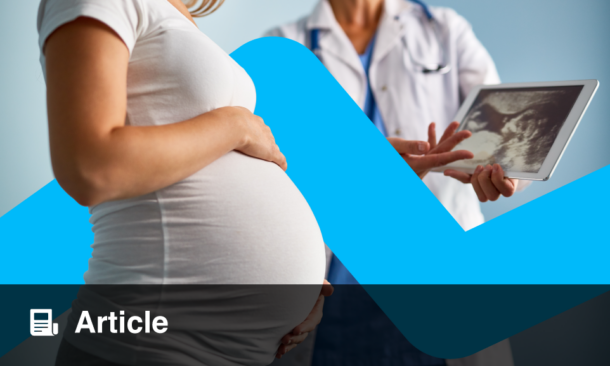BACKGROUND AND AIMS
Congenital adrenal hyperplasia (CAH) is a cluster of inherited enzymatic defects of adrenal steroid biosynthesis. Deficiencies of each enzyme required in the steroid biosynthesis pathway are well known, and these deficiencies are all inherited as autosomal recessive disorders. Women with CAH have decreased fertility because of oligo-ovulation. Conception requires a combination of proper therapeutic compliance, careful endocrine monitoring, and often ovulation induction.1 There are significant gaps about pregnancy, delivery, and neonatal outcomes among CAH patients. The purpose of this study was to investigate these outcomes.
The aim of this study was to investigate the association between CAH and pregnancy, delivery, and neonatal outcomes, using a population database cohort.
MATERIALS AND METHODS
The authors conducted a retrospective study utilising the Health Care Cost and Utilization Project-Nationwide Inpatient Sample database from 2004–2014. ICD-9 code 255.2 was used to extract the cases of CAH. Pregnancies complicated with CAH were compared to the other pregnancies. All confounding variables were adjusted for using multivariate logistic regression, based on any significant differences between the two groups.
RESULTS
9,094,499 deliveries occurred during the study period; 299 pregnant women had CAH. Chorioamnionitis was higher in patients with CAH compared to controls after controlling for risk factors (adjusted odds ratio [aOR]: 2.67, 95% [confidence interval] CI: 1.17–6.06). The rates of caesarean section and maternal infection were also higher in patients with CAH than controls (aOR: 2.10, 95% CI: 1.44–3.07, and aOR: 2.63, 95% CI: 1.22–5.63, respectively). Risk of gestational diabetes and pregnancy-induced hypertension rates were not increased in patients with CAH (aOR: 1.53, 95% CI: 0.91–2.58, and aOR: 0.87, 95% CI: 0.49–1.56, respectively).
At birth, 8% and 2.2% of the neonates were found to be small for their gestational age in the CAH and the control groups, respectively (aOR: 3.37, 95% CI: 1.86–6.11). Congenital anomalies were encountered in 2.7% and 0.4% in the CAH and control groups, respectively (aOR: 5.24, 95% CI: 2.31–11.90).
CONCLUSION
CAH patients were at risk of complications and fetal anomalies. Expected increases in rates of hypertension and gestational diabetes were not encountered. These patients will benefit from surveillance to decrease morbidity.








